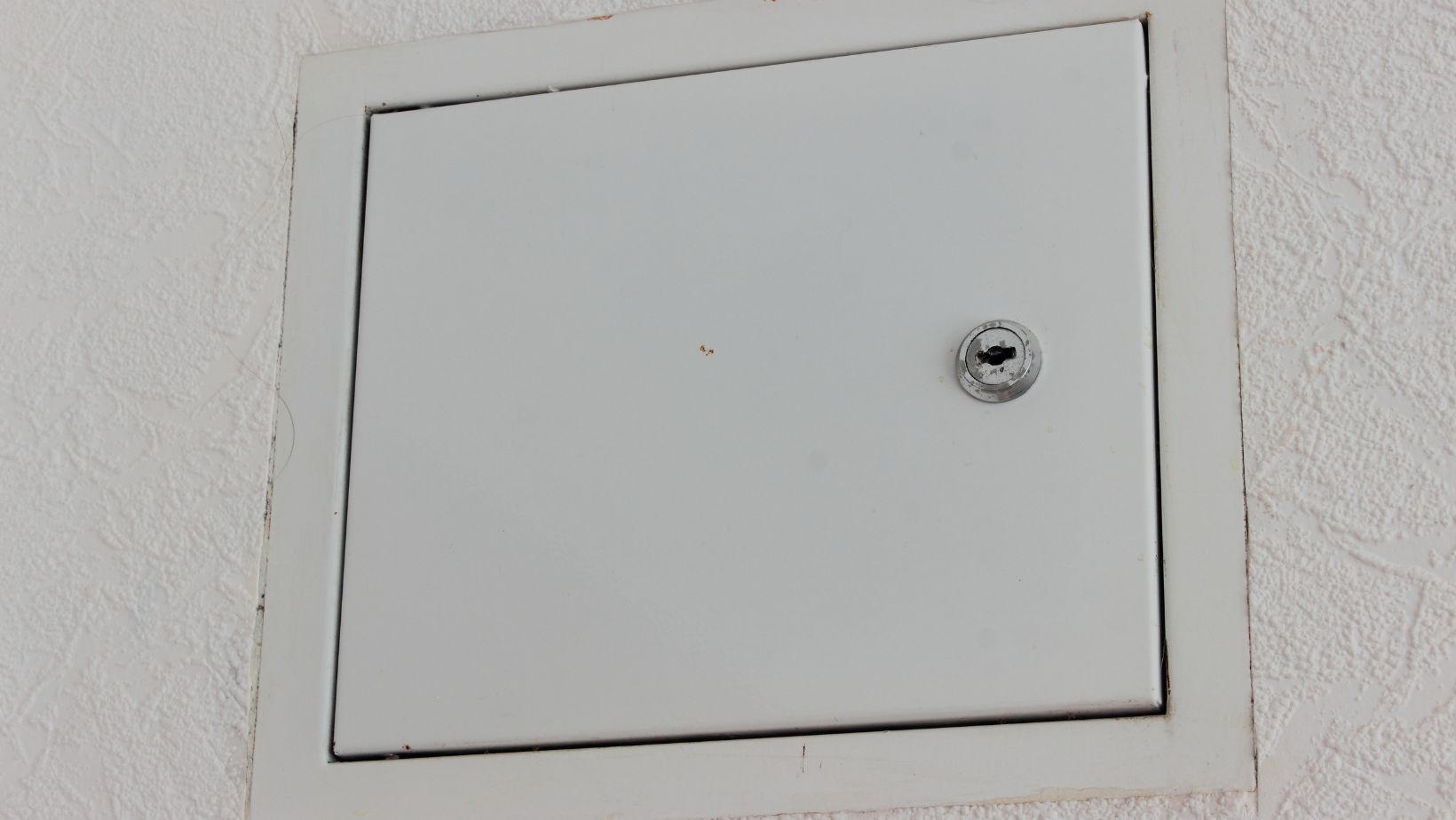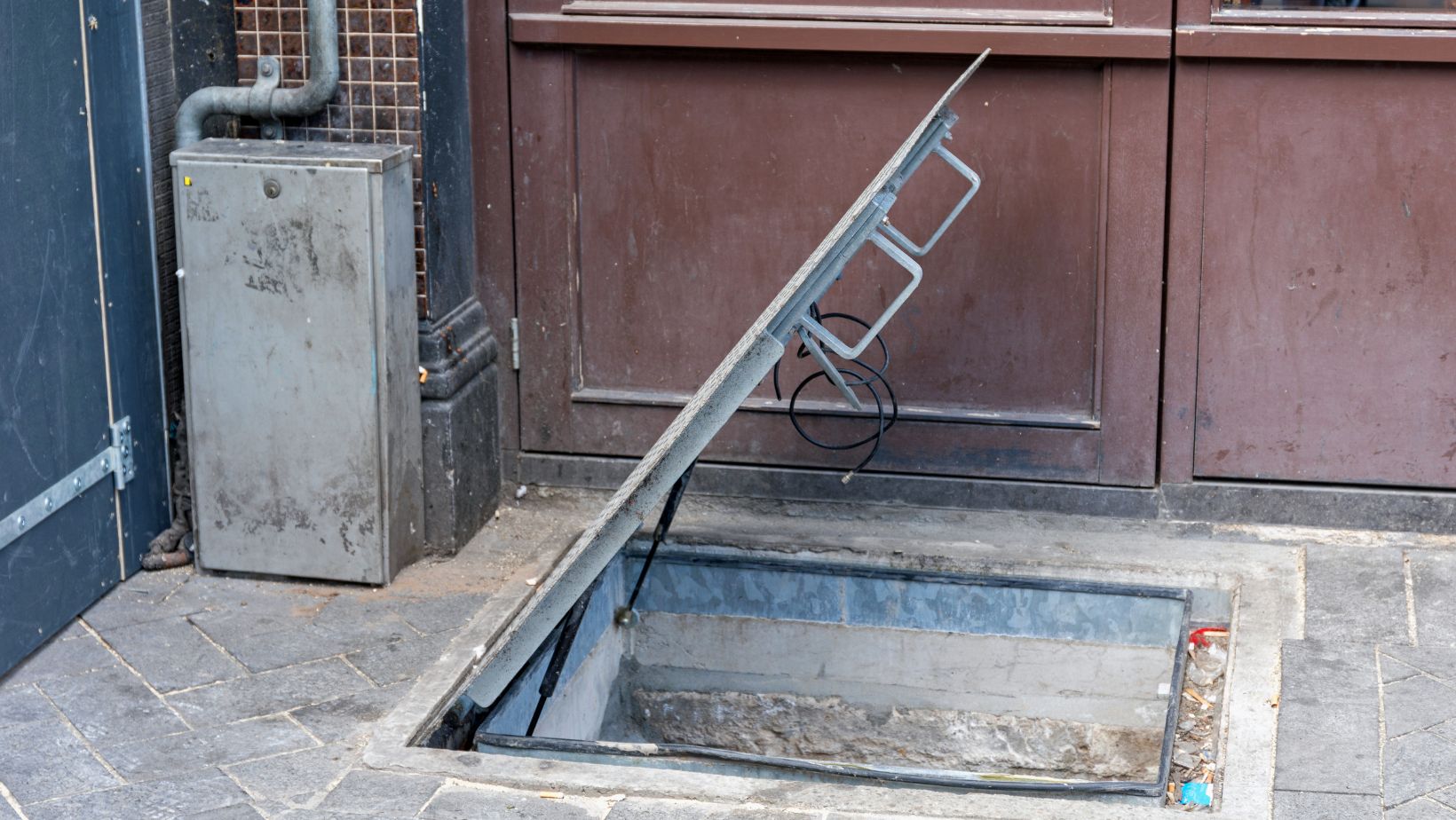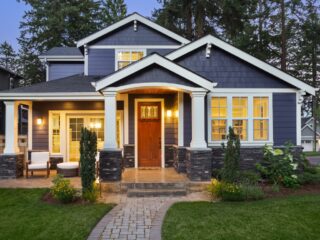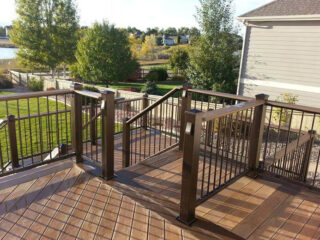
Every component, from big to small, matters in residential and commercial buildings. A space should look good, work well, and be easy to maintain.
Though the focus is mostly on the bigger things like flooring and paint colors, one small but very important detail often gets missed early on: access doors.
Access points are often an afterthought, added only when a problem pops up, like a leak in a pipe or an electrical issue.
This reactive approach usually results in a clunky, noticeable panel that sticks out and ruins the look of a finished room. But if they’re a part of the original design, access solutions—recessed access doors, in particular—provide many benefits for builders, homeowners, and the building itself.
Let’s discuss it.
Understanding Recessed Access Doors
Recessed access doors differ from regular doors or panels because of their design. They’re designed to be completely hidden, providing a secret entry to important building systems behind walls and ceilings.
Their key features are all about blending in:
- Ready-to-Finish Panels: The main feature of a recessed access door is that it’s made so you can fill the panel itself with the same material as the wall, whether it’s drywall, plaster, carpet, or even tile. This makes the access point almost invisible, keeping the surface smooth and clean.
- Flush Look: Recessed panels sit perfectly level with the surrounding wall or ceiling. The door frame fits inside the wall so that the door panel can be flush with the finished surface.
- Hidden Parts: To make them even more discreet, these doors often have hidden hinges and latches that aren’t visible when the door is closed. They usually feature push latches or a cylinder lock and key, so there are no visible handles or locks to spoil the clean look.
These design choices are not purely aesthetic. They also offer a practical benefit: they provide easy, clear access to utilities for maintenance, repairs, or inspections.
Advantages of Adding Recessed Access Doors Early
Thinking about recessed access doors early in the construction process is a smart move that saves time and costs later on.
Ensure a Perfect Fit
Installing these doors during the framing or rough-in stage ensures they are built right into the wall or ceiling structure. This avoids the mess of cutting into finished drywall and provides a perfect fit.
Improve Overall Design
When you plan ahead, you can choose the best spot for the access door, making sure it doesn’t interrupt a design feature, like a tile pattern. It can be harder to make a last-minute panel look good.
Prevent Future Damage
Waiting until a problem occurs may require cutting into a finished wall. This can damage the surrounding materials, leading to extra work and repair costs. Early installation prevents this from happening.
Create Smoother Workflow
For builders, adding access doors early helps the whole project run better. It makes it easier to coordinate between workers—like plumbers and electricians—and ensures the access points are in the right spot before the finishing work starts.
Save Long-Term Costs
Recessed access doors may mean a small upfront investment, but they pay for themselves over time. Property owners can become more proactive with maintenance and fix minor issues before they turn into major repairs.
Ensure Flexibility With Customization
By including them early in construction, builders and property owners can explore access door customization options that fit unique project needs.
Whether it’s a fire-rated recessed panel, an insulated model, or custom finishes like paintable or tile-ready surfaces, planning ahead means selecting these features with the overall design in mind.
Planning for a Seamless Installation
To get the most out of recessed access doors, you need to prepare early on and get the details right.
- Map Out Locations: When designing the space, figure out every spot needing plumbing, electrical wires, HVAC parts, or other systems. Work with engineers and other experts to find the best places for these doors.
- Choose the Right Door: Choose a door that fits the spot and the wall material. Consider the size, what it’s made of (like metal or gypsum), and whether the panel can be filled with the same wall material.
- Work With the Team: Coordinate the installation of the door frames with the work of other tradespeople, like plumbers and electricians. This way, the openings will be in the right place before the drywall and finishing work begins.
- Install Correctly: Ensure the door fits perfectly and works well. It should be easy to open and close and latch securely.
Recessed Doors Common Use Cases
Here are a few examples of where recessed access doors are most beneficial when planned early:
- Bathrooms: Discreet panels hidden within tile work provide access to plumbing lines.
- Kitchens: Panels behind cabinetry or under counters offer entry to shutoff valves or wiring.
- Living Areas: Recessed ceiling or wall panels allow HVAC and electrical servicing without disturbing finishes.
- Basements and Utility Rooms: Recessed fire-rated doors preserve fire barriers and provide access to important systems.
Conclusion
Adding recessed access doors during the early stages of construction is a decision that benefits everyone involved. For contractors and builders, it simplifies planning, reduces rework, and shows professional foresight.
For property owners, it delivers convenience and long-term savings without sacrificing aesthetics. And with today’s wide range of access door customization options, balancing function and design is easier than ever.
Whether it’s a high-end modern build or a modest residential complex, recessed access doors ensure beauty and practicality for years.







